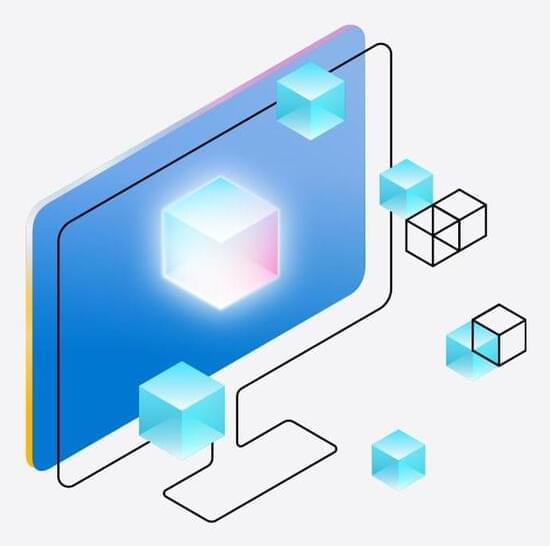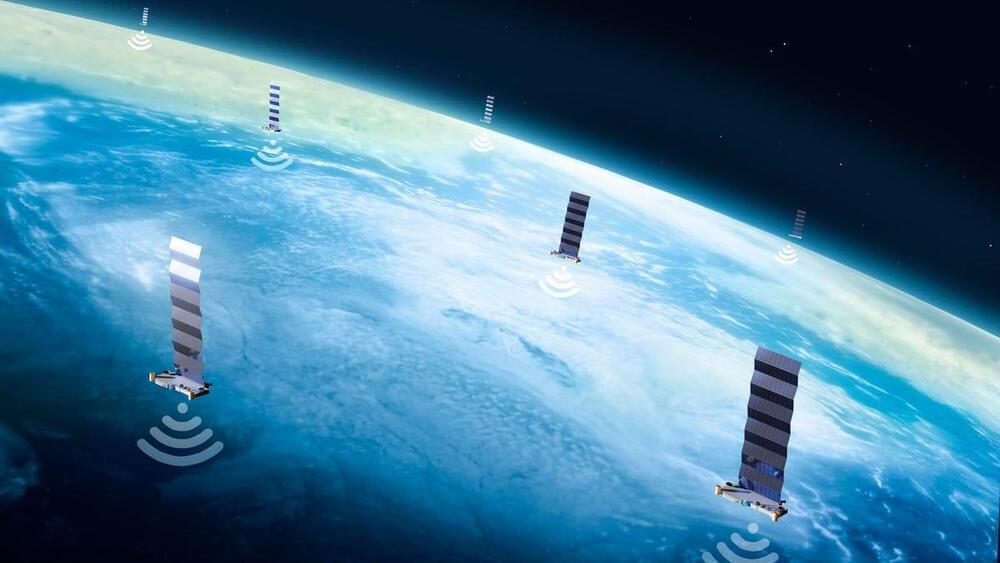The o1 model in Microsoft Azure OpenAI Service, a multimodal model, enhances your AI applications and supports both text and vision inputs. Learn more.


The protective proteins in our bodies aren’t just great for fending off infection—they could also fight the effects of getting older.


Child mortality in conflict settings was 8 percent, compared with 1.1 percent in peaceful countries.
It also said that 83.2 percent of the world’s poorest people live in sub-Saharan Africa and South Asia.
The index, compiled jointly with the Oxford Poverty and Human Development Initiative (OPHI), used indicators such as a lack of adequate housing, sanitation, electricity, cooking fuel, nutrition and school attendance to assess levels of “multidimensional poverty”

I believe that vertical farming will be able to meet the demand of 9.7 billion people by 2050 or even be able to feed eventually the entire globe or even space stations. The leading vertical farming company I like is aero farms:3.
By 2050, we’ll need to produce 70% more food to feed over 9 billion mouths. Luckily, a wide range of vertical farming companies are developing innovative solutions to redefine production, expand urban agriculture and transform consumers into green-fingered growers.


World renowned neurophysiologist and computational neuroscientist Christof Koch joins Brian Greene to discuss how decades of experimental and theoretical investigation have shaped his understanding of consciousness and the brain — and how recent psychedelic experiences have profoundly reshaped his perspective on life and death.
This program is part of the Big Ideas series, supported by the John Templeton Foundation.
Participant: Christof Koch.
Moderator: Brian Greene.
00:00 — Introduction.
00:34 — Participant Introduction.
03:19 — Examining The Mystery Of Consciousness.
09:00 — Approaching Consciousness As A Physicist.
17:54 — Crafting Theories About Consciousness.
26:19 — A Brief Look Into The Causal Powers Of Consciousness.
43:12 — The Question Of Free Will.
51:46 — Introspection As A Tool For Examining The Mind.
01:22:52 — Credits.
SUBSCRIBE to our youtube channel and \.
